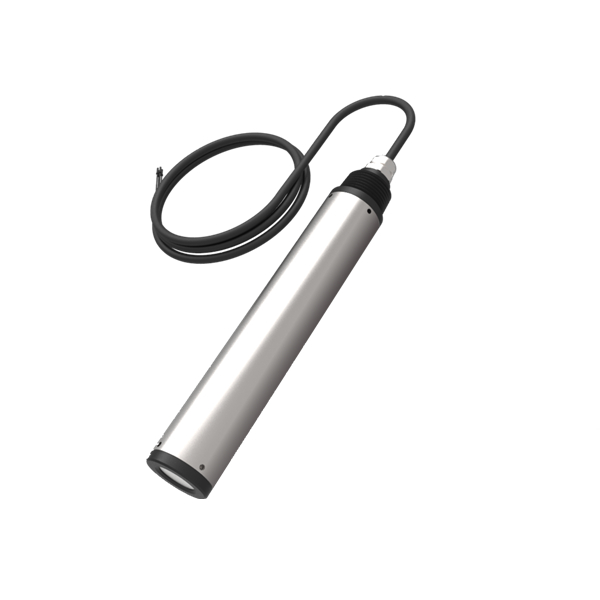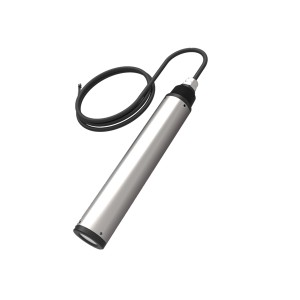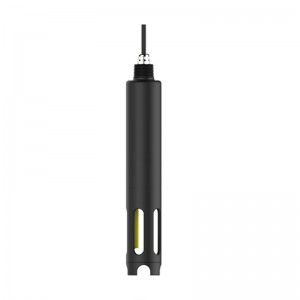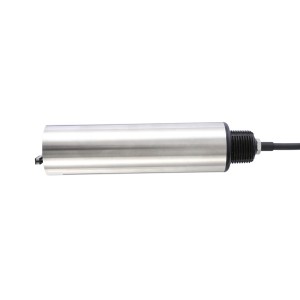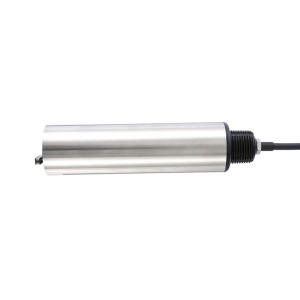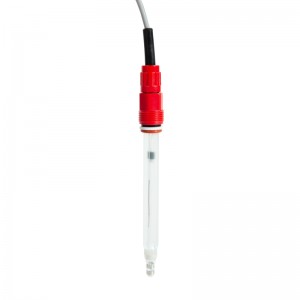The Blue-green algae sensor utilizes the characteristic that Blue-green algae A has an absorption peak and an emission peak in the spectrum. When the spectral absorption peak of Blue-green algae A is emitted, monochromatic light is irradiated into the water, and Blue-green algae A in the water absorbs the energy of the monochromatic light, and is released. Another monochromatic light with a wavelength emission peak, the light intensity emitted by Blue-green algae A is proportional to the content of Blue-green algae A in water. The sensor is easy to install and use. Blue-green algae universal applications monitoring in water stations, surface waters, etc.
Available in two forms, one for detecting phycocyanin (fresh water), and one for detecting phycoerythrin (marine water)
Available with solid Secondary Standards to provide a quick and simple method to verify the sensor’s stability over time, and can be adjusted to correlate to a known Blue-Green Algae concentration
Three auto-selected gain ranges provide a wide measurement range of 100 to 2,000,000 cells/mL for either phycocyanin or phycoerythrin
Excellent turbidity rejection due to small sample volume design and high quality optical filters
| Specification | Detailed information |
| Size | 220mm Dim37mm*Length220mm |
| Weight | 0.8KG |
| Main Material | Body: SUS316L + PVC (ordinary version), Titanium alloy (seawater) |
| Waterproof Level | IP68/NEMA6P |
| Measuring Range | 100—300,000cells/mL |
| Measurement Accuracy | 1ppb Rhodamine WT dye signal level corresponding to ± 5% |
| Pressure Range | ≤0.4Mpa |
| Measure Temp. | 0 to 45℃ |
| Calibration | Deviation calibration, slope calibration |
| Cable length | Standard cable 10M, can be extended up to 100M |
| Conditional requirement | The distribution of Blue-green algae in water is very uneven. Recommended to monitor multiple points; the turbidity of water is lower than 50NTU. |
| Storage Temp. | -15 to 65℃ |

